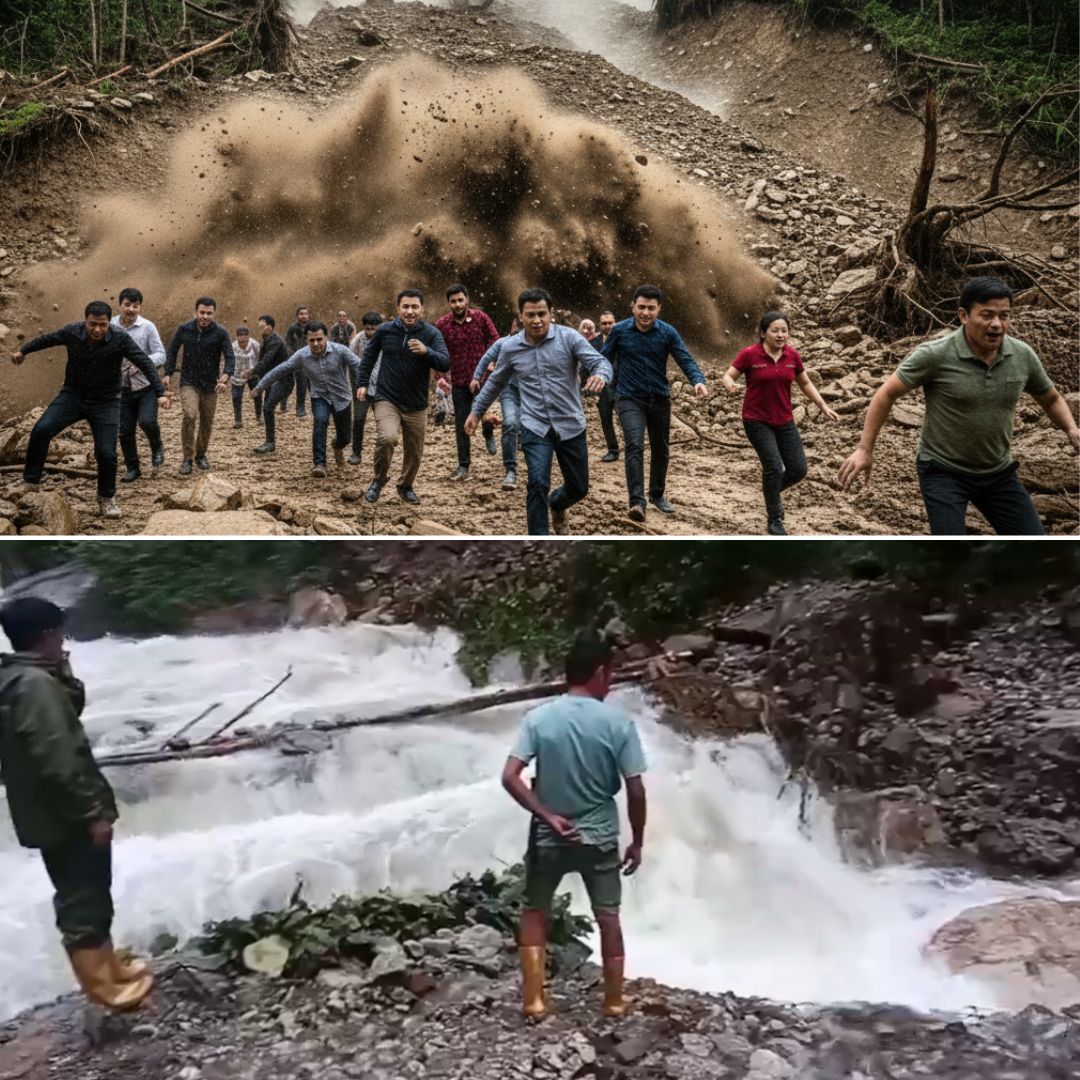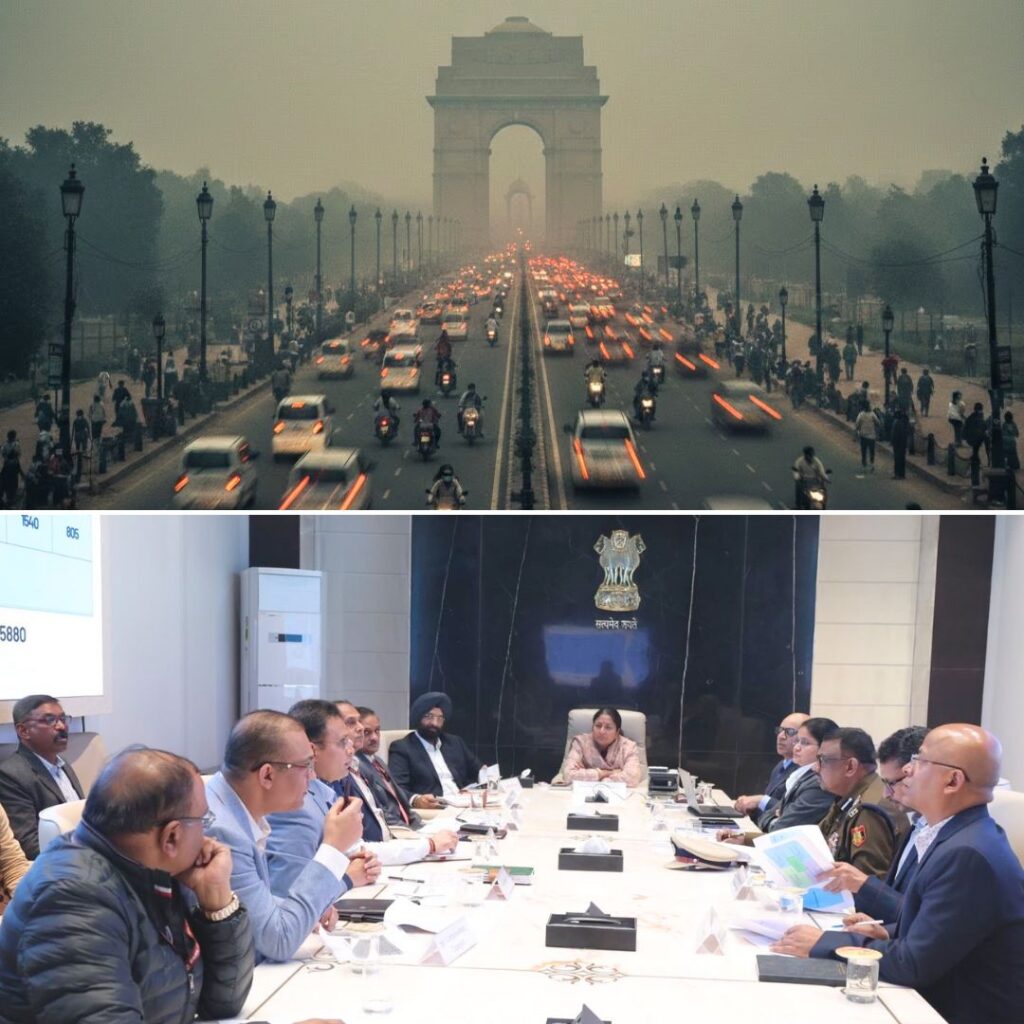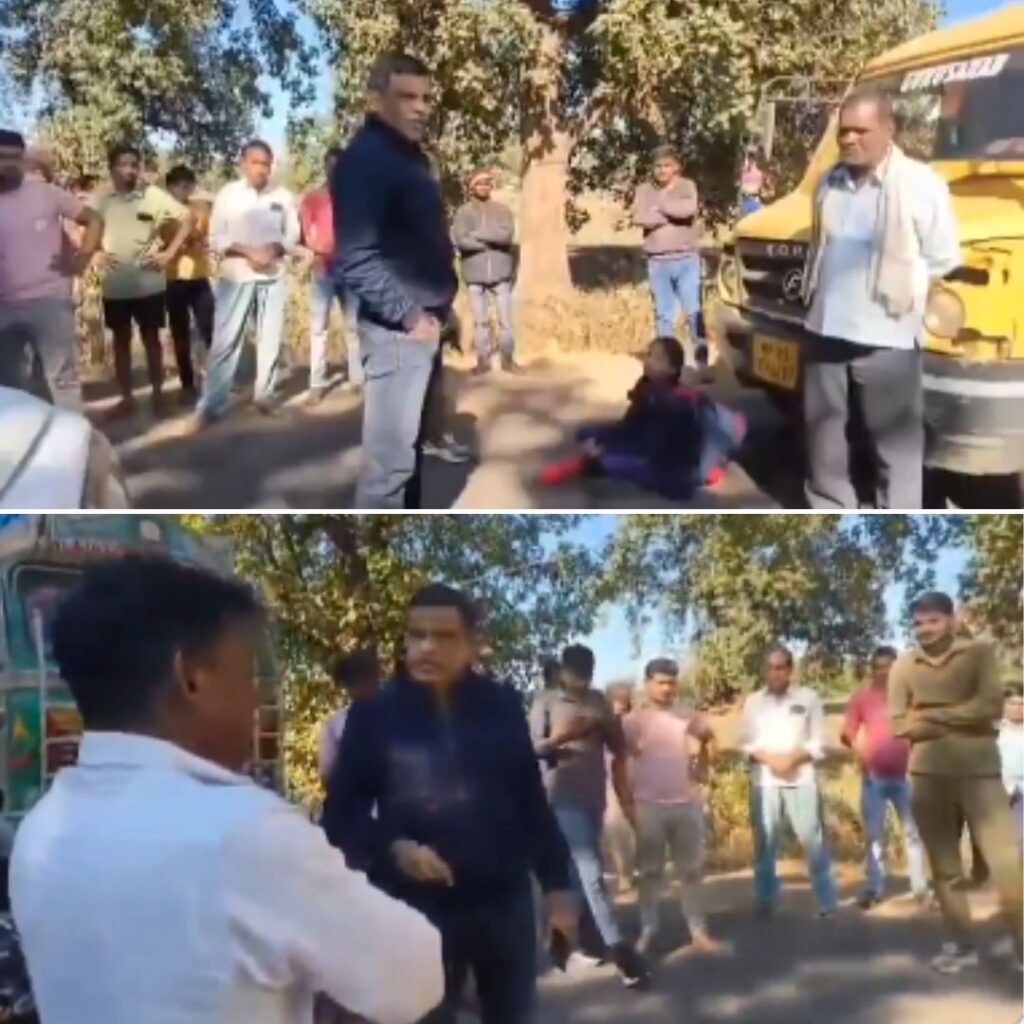A massive landslide triggered by heavy overnight rains struck Upper Rimbi in Yangthang Constituency, West Sikkim, late Thursday night, resulting in the deaths of four people and leaving three others missing. Rescue operations involving police, border security forces, disaster response teams, and local villagers are ongoing under challenging weather and terrain conditions.
Two injured women were rescued; one later died in hospital while the other remains critical. The state government has urged residents in vulnerable areas to stay alert as rainfall continues and has assured full support for victims and rescue measures.
Rescue Operations Amidst Challenging Terrain
The landslide struck while residents were asleep, crashing down on several homes and sweeping away members of a family. Among the deceased are Bhim Prasad Limboo (53), his sister Anita Limboo (46), son-in-law Bimal Rai (50), and seven-year-old granddaughter Anjal Rai.
District officials and security forces constructed a temporary wooden bridge across the swollen Hume River to reach stranded victims and evacuate the injured. Geyzing SP Tshering Sherpa highlighted the bravery and coordination of the rescue teams, which included the police, Sashastra Seema Bal (SSB), State Disaster Response Force (SDRF), and local villagers.
Despite torrential rains hampering efforts, Minister for Building and Housing Bhim Hang Limboo, who is also the local MLA, stated that operations continue with urgency and resources including heavy machinery mustered to facilitate the search for the three missing persons.
Heavy machinery has been deployed, but continuous heavy rains and unstable terrain have severely hampered rescue operations. Authorities caution locals in landslide-prone areas to move to safer locations amid ongoing search efforts.
Context of Landslides in Fragile Himalayan Terrain
Sikkim’s Himalayan geography is prone to frequent landslides during the monsoon season due to steep slopes, unstable soil, and heavy rainfall. Upper Rimbi and surrounding Yangthang area have seen similar disasters triggered by sudden hillside collapses that cause flash floods and block vital roads and communication lines. The landslide damaged parts of the Pelling-Dentam road and led to power outages in affected localities.
Authorities have amplified warnings and mobilised resources to quickly restore infrastructure and assist displaced families. Environmental experts and local voices have pointed to unregulated construction and deforestation as exacerbating factors, underscoring the need for sustainable development practices and improved disaster preparedness in this ecologically sensitive region.
This tragic event adds to a series of deadly landslides across the Himalayas in 2025, including a severe August landslide near the Vaishno Devi pilgrimage in Jammu and Kashmir that claimed over 30 lives, highlighting the region’s ongoing vulnerability
The Logical Indian’s Perspective
This tragedy in Yangthang is a stark reminder of the intersection between climate vulnerability and human lives in fragile mountain ecosystems. The Logical Indian advocates that while immediate relief and rescue must be prioritised with compassion and practicality, a longer-term commitment to sustainable infrastructure, environmental protection, community education, and government-civil society cooperation is essential to reduce such recurring catastrophes. Empathy for the affected and a collective drive towards resilience and harmony with nature must guide India’s approach to disaster management, especially in its Himalayan states.












